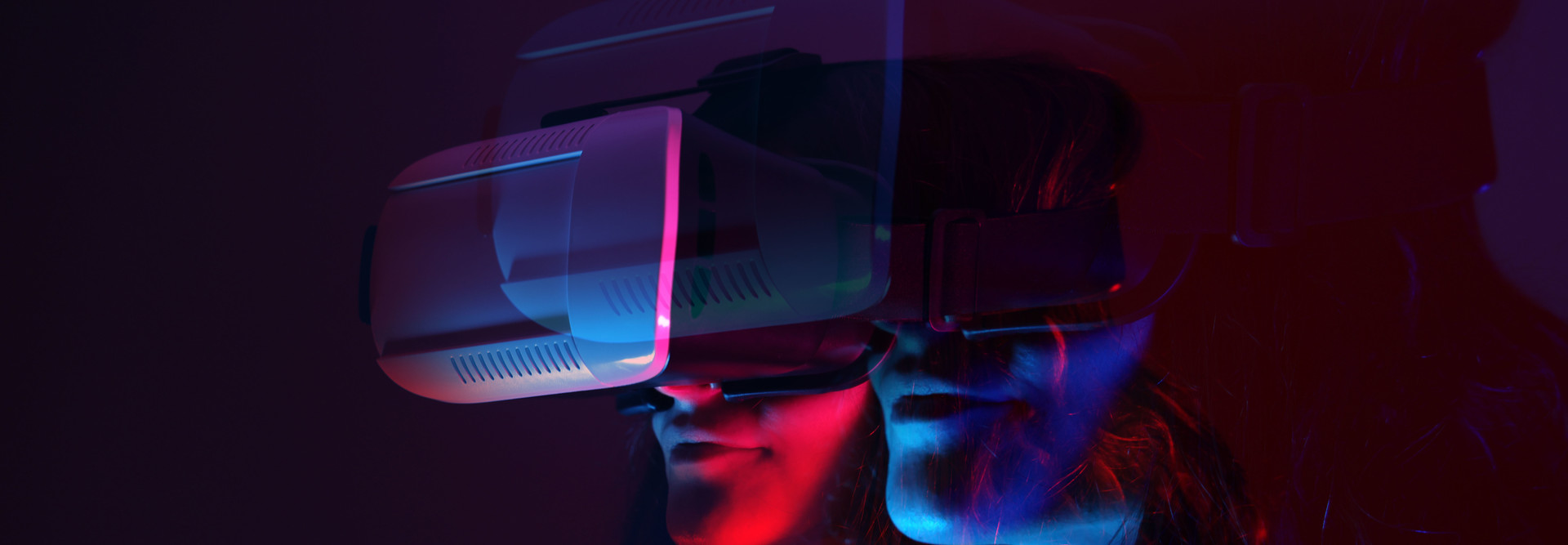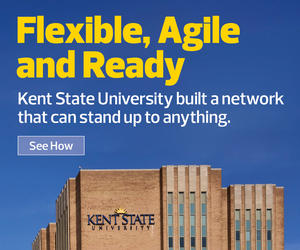Although extended reality (XR) technologies are not yet widely used in higher education, some universities and colleges have started using XR to teach complex topics in new and exciting ways. The University of Michigan, for example, has re-created the decommissioned Ford Nuclear Reactor in virtual reality. Nuclear engineering students can now enter the reactor and operate it as their professor guides them through a lecture.
Considering extended reality’s potential to transform student engagement and success, widespread adoption appears likely as XR technology becomes more affordable and available.
“XR will transform online learning as we think of it today,” says Maya Georgieva, director of education futures and the XReality Center at The New School. “It will offer powerful ways for stronger engagement with students and their fields of study.”
Here’s a look at the meaning of extended reality, its use cases in higher education and things for schools to consider before implementation.
Click the banner below to unlock premium content exploring emerging technologies in higher ed.
What Is the Purpose of Extended Reality?
XR can be used in a variety of disciplines, from teacher education to medical training and foreign language immersion. Medical students can use AR to practice procedures before they feel confident trying them in real life. Foreign language students can gain language learning experiences without having to travel to another country.
At the University of Central Florida, aspiring teachers learn through TeachLive, an MR simulation that helps student teachers practice managing tricky situations before they enter real classrooms.
“What’s beautiful about simulation and technology is that the benefits and uses vary,” says Lisa Dieker, professor of exceptional student education at UCF and co-creator of TeachLive. “We have to be careful that the simulator doesn’t perpetuate stereotypes and that it gives a chance for students to have a shared experience.”
XR can also benefit educators by providing a standardized way to teach foundational skills and knowledge, as well as offering a model of a more efficient way to teach. In a virtual world, students can repeat a lesson or task as many times as they need to without holding up the rest of class.
RELATED: A touchable, wearable virtual reality for higher ed.
Consider Carefully Before Implementing Extended Reality Technology
Virtual reality simulators require high-end computers with sufficient computing power to handle large amounts of data. Above all, XR requires a modernized network and high-speed connections.
“A high-speed network is critical when students engage with virtual reality, because it’s one thing for a website to buffer and another thing for your headset to buffer. It breaks immersion,” says Georgieva.
Click the banner below to learn how Kent State modernized its network.
Another key consideration is technology maintenance. “These headsets are like computers. They need to be patched, updated and tested regularly,” explains Jeremy Nelson, director of the XR Initiative at the University of Michigan. “Think of them as another mobile device.”
Institutions should invest in systems to help with managing equipment, like tracking headsets rentals and staying on top of maintenance requirements.
The Ethical and Safety Considerations of XR
As with any emerging technology that collects data, institutions that are looking to implement XR should create and regularly assess its privacy, data security, identity and representation, bias perpetuation, and bullying and harassment policies. Nelson says organizations such as XR Safety Initiative, XR Access and the XR Association provide helpful guidance on how to create a safe metaverse for users.
A study conducted by Stanford University in 2020 found that just a few minutes of data collected in virtual reality can identify an otherwise anonymous user. The system used in the study accurately identified 95 percent of its 511 participants with less than 5 minutes of data tracking each person.
As Nelson explains, two million data points are captured within 20 minutes in virtual reality. Considering the growing number of privacy protection laws, like the Family Educational Rights and Privacy Act (FERPA), it is vital for institutions to regularly assess and update data privacy policies.
“Technology can be a powerful tool for creating empathy, but it can also lead to invasion of privacy and harassment,” Georgieva says. “Institutions need to engage in conversations about the social impact and ethical challenges of using VR.”
MORE ON EDTECH: VR advances bring new possibilities to higher education.













